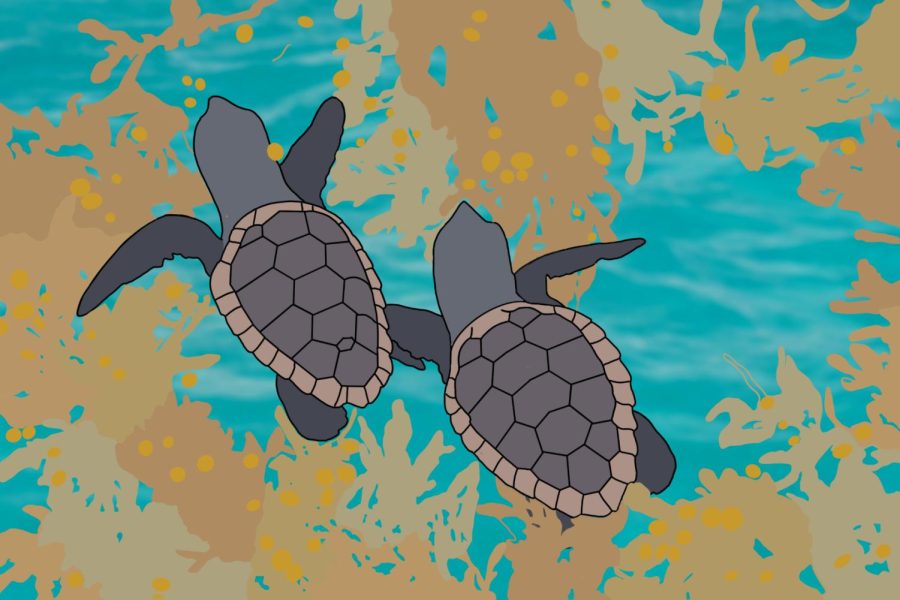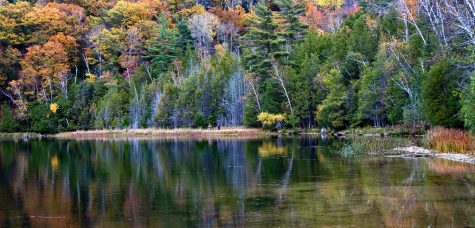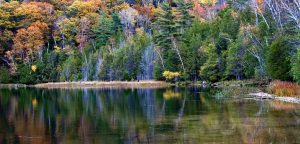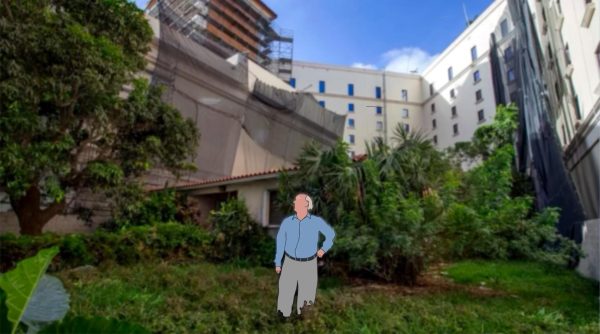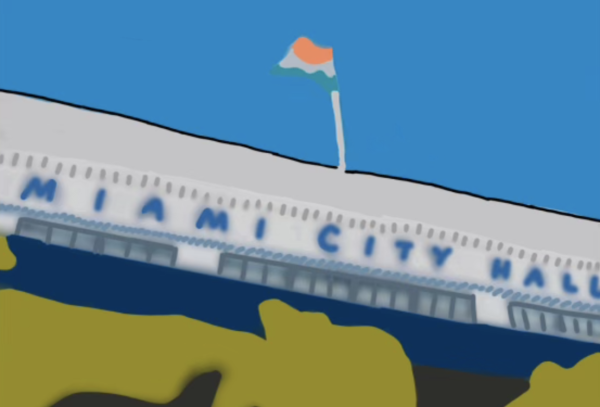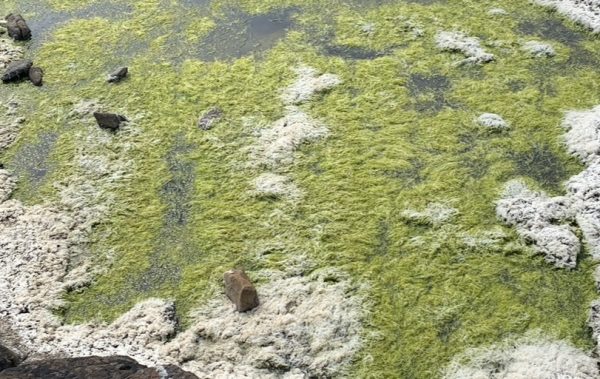Seaweed Invades on Beach Fun in Miami
Sargassum seaweed overruns Miami beaches, threatening both Floridians and wildlife.
This autumn season, clear, fresh Miami water may not be the only thing you see on the Sunshine State’s beautiful beaches. Before attempting to enter the cool waters of the Atlantic coast, one must journey over the brown border that seems to divide land from the sea. This part of our beaches we have all come to know and hate is recognized as sargassum seaweed.
Not only have Floridian beachgoers found this seaweed to be a nuisance, but marine wildlife and the environment itself are struggling with the immense amount of algae. The barrier of seaweed buildup can block sea turtle hatchlings from entering the water, adding yet another danger for baby sea turtles.
Even when in the open sea, massive accumulations of the sargassum cause problems, specifically when they do not allow the necessary sunlight needed to support marine life to pass the ocean surface. If the seaweed begins to decay in the ocean, it has the ability to alter pH levels in the water, tying into the problem of ocean acidification.
“When you look into it, this seaweed can cause so many complications. Whether it is on beaches or in the water, marine life and their habitats are in danger,” freshman Genesis Javier said.
When the chemicals in the decomposing seaweed, such as hydrogen sulfide, are exposed to South Florida’s summer heat, it releases a stench like that of rotting food. The smell has been known to cause irritation to the eyes and respiratory system. When in high concentrations, the gas may cause symptoms including dizziness, headache, insomnia and convulsions, along with comas and apnea. This has put off many tourists who are interested in visiting Florida’s beaches or any of the Caribbean islands’ shores.
I had no clue it could be so harmful to humans. Sure, the odor was offputting, no one can deny that, but the health risks sound exceptionally serious,
— freshman Valentina Jimenez
From Miami Beach to Broward County, collection crews use their beach rakers along the shoreline to get rid of as much of the seaweed as possible. They repeat the collection process three times per day, every day of the week. The team makes sure to log the volume of sargassum alongside the data from the years prior, starting in 2018, when the seaweed outbreak began.
“I have seen the machinery on the beaches. You would be surprised at the sheer amount of seaweed they pick up daily,” freshman Genesis Javier said.
Professor of oceanography, Chuanmin Hu, states that the sargassum levels for Caribbean areas are at an almost record high, falling behind only June 2018 and July 2021. It is theorized that the surge of this seaweed is caused mainly by climate change. Additionally, pollution from sewage and commonly used fertilizers are nourishing the sargassum, spreading its displeasure further.
Fortunately, scientists based in New Zealand have found a possible use for the mounds of seaweed on our shoreline. Through a process including the high pressurization of water to 140 degrees and the breaking down of the material, energy can be yielded and used. The product of the process could give energy to the entire national grid. Additionally, as a byproduct of the process, the seaweed produces a bio-fertilizer, which is of use both locally and internationally.
“[The solution] sounds optimistic, it could solve the seaweed problem across the Caribbean shores. Not only does it clean up beaches but it provides energy to those communities,” freshman Valentina Jimenez said.
Throughout the years, the sargassum habitat has been hard to study as a result of the difficulty in sampling it. Marine biologists will continue to research the natural resource in order to understand it to a larger extent and protect it. Meanwhile, beachgoers should beware of the possible dangers of the scruffy seaweed on the Caribbean coastlines.
Your donation will support the student journalists of Coral Gables Senior High School. Your contribution will help us cover our annual website hosting costs.

Joseph Abrahantes, a sophomore in the International Baccalaureate program and second year member of CavsConnect, is excited to come back as the publication's...


